For homeowners in Central Florida, maintaining an attractive and healthy lawn is both a point of pride and a desire for the well-being of their property. However, due to the region’s unique climate, persistent lawn pests can pose a significant challenge to achieving a lush, thriving lawn. To address this issue, the expert team at Next Level Turf, Central Florida’s premier turf management company, offers comprehensive insect control solutions for residential lawns.
Next Level Turf takes a thorough, customized approach to pest control, combining preventative strategies with targeted treatments to ensure an effective solution for your specific lawn conditions. Their experience in Central Florida’s unique pest control landscape is unparalleled, providing homeowners with the confidence that their lawn will be well protected against persistent insects and the damage they cause.
In this article, we will explore the most common lawn pests affecting turfs in Central Florida, discuss the problems they create, and delve into the expert insect control solutions offered by Next Level Turf. By the end of this guide, you will gain valuable insights into identifying and dealing with lawn pests, as well as how partnering with a professional turf management company can go a long way in maintaining a vibrant, pest-free lawn. Discover how Next Level Turf’s expertise and customized approach can help you combat persistent lawn pests and enjoy a stunning, healthy, and resilient lawn.
Common Lawn Pests in Central Florida
Understanding the pests that can affect your Central Florida lawn is critical to combating the problems they create. The region is home to a wide array of insects, with some being harmless or even beneficial, while others can wreak havoc on the health and appearance of your turf. Some of the most concerning lawn pests in Central Florida include:
- Chinch Bugs: Chinch bugs are tiny insects that can cause visible damage to St. Augustine and other warm-season grasses. They feed on the sap of grass blades, injecting toxins as they feed, causing the lawn to turn yellow and eventually brown. Infestations can spread rapidly in hot weather, resulting in large dead patches in a matter of weeks.
- Sod Webworms: Sod webworms are the larval stage of a group of lawn moths. They feed on grass blades at night, clipping off sections and reducing turf density. When populations are high, they can cause extensive damage, leading to sparse patches and weakening the overall health of the lawn.
- Grubs: Grubs are the immature, worm-like larvae of several species of beetles, including the Southern masked chafer and the European chafer. They feed on the roots of grass, causing yellowing and wilting in the affected areas. High grub populations can lead to extensive root damage and even death of the turf, as well as creating an ideal environment for the proliferation of other pests and diseases.
- Mole Crickets: These pests are particularly troublesome in sandy or poorly maintained lawns. Mole crickets tunnel through the soil, causing the turf to become loose and irregularly raised. They also feed on grass roots and can weaken or kill the grass in affected areas. These pests are known to be active year-round, making vigilant monitoring essential.
Cultural Controls and Prevention Strategies
Before resorting to chemical treatments, it’s essential to explore cultural controls and preventative strategies to minimize pest problems. Implementing proper lawn management practices not only helps prevent infestations but also contributes to a healthier, stronger turf that can better withstand pest invasions. Some effective cultural controls and prevention strategies include:
- Proper Mowing and Irrigation: Regular mowing at the correct height for your grass variety promotes a denser, healthier turf that can more effectively resist pest damage. Similarly, proper irrigation techniques ensure that your lawn is well-hydrated without being overwatered, which can make it more susceptible to pests.
- Soil Testing and Fertilization: Regular soil testing can help identify any nutrient imbalances or deficiencies, enabling you to apply the appropriate type and amount of fertilizer for your specific turf needs. Proper fertilization promotes stronger, more resilient grass that can better withstand pest attacks.
- Aeration and Dethatching: Lawn aeration helps alleviate soil compaction, enabling water and nutrients to penetrate more effectively to the roots, while dethatching removes excess organic material. Both of these practices contribute to a healthier, stronger turf that is less likely to be targeted by pests.
- Regular Inspection and Monitoring: Routine inspection of your lawn is essential for the early detection and prompt treatment of any pest problems, limiting potential damage and ensuring a quicker recovery for your turf.
Professional Pest Control Solutions from Next Level Turf
Next Level Turf’s team of skilled experts understands the unique challenges posed by Central Florida’s pests, and they are equipped to provide you with customized solutions. From preventative measures to treatments tailored for your specific lawn needs, Next Level Turf can help you combat persistent lawn pests and keep your turf at its best. Their approach includes:
- Pest Identification and Monitoring: Accurate identification of the pests affecting your lawn is essential for effective control. Experts at Next Level Turf can determine the type and extent of your insect problem, as well as assess any damage caused, providing you with a targeted plan of action.
- Integrated Pest Management (IPM): Next Level Turf employs IPM principles to reduce the reliance on chemical treatments while maintaining high standards of pest control and turf health. IPM involves integrating biological, mechanical, and chemical methods to achieve effective, sustainable pest management.
- Targeted Treatments: Should chemical control measures become necessary, Next Level Turf is dedicated to using the most appropriate treatments for your specific situation. This may include selective insecticides for specific pests or broad-spectrum options when dealing with multiple insect species.
- Seasonal Programs: To maintain year-round lawn health and effectively combat pests, Next Level Turf offers customized seasonal programs. These programs ensure your lawn receives the appropriate care and protection at the right time, maximizing the efficacy of pest control efforts.
Proactive Pest Management for a Healthy Lawn
An essential aspect of effective pest control is taking proactive measures to prevent potential infestations and address existing issues before they become unmanageable. This proactive approach not only helps protect your turf from damage but also enhances its overall health and well-being. Benefits of adopting a proactive pest management strategy with Next Level Turf include:
- Minimized Pest Damage: Early detection and intervention can significantly limit the damage caused by lawn pests, preserving the health and appearance of your turf.
- Reduced Dependency on Chemicals: By focusing on prevention and cultural controls, you can minimize the need for chemical treatments, reducing the potential risks associated with pesticide exposure to your family and the environment.
- Improved Turf Health: Proactive pest management contributes to a healthier, more robust turf that is better equipped to withstand the challenges posed by Central Florida’s pests and climate.
- Cost-Effectiveness: Preventative measures and various monitoring techniques can save time, money, and frustration in the long run by addressing pest issues before they escalate. Proactively maintaining lawn health reduces the likelihood of costly pest control treatments and extensive lawn repair down the line.
Timing of Pest Control Treatments: Finding the Sweet Spot
Effective pest control requires more than just selecting the right products; it’s also about applying them at the optimal time. Timing is crucial for maximum efficacy and minimizing the risk of future infestations. For each pest, there is an ideal window to apply treatments, inhibiting their life cycle at key stages. Here are some general timing guidelines for the pests mentioned earlier:
- Chinch Bugs: Treatments for chinch bugs are most effective during late spring and early summer, when populations emerge and start feeding. Monitoring for signs of damage and the presence of nymphs and adults can help determine the best time to treat.
- Sod Webworms: The ideal timing to deal with sod webworms is when the larvae are actively feeding, typically during late spring through fall. Applying treatments when the larvae are relatively young will increase their effectiveness, as older larvae are more difficult to control.
- Grubs: Effective grub control involves preventing the hatching of eggs and killing existing grubs before they cause extensive damage. The prime time for treatment is from early summer to late summer, when grubs are actively feeding near the soil’s surface.
- Mole Crickets: Targeting mole crickets during their nymph stage, typically from late spring to mid-summer, offers the best chance of successful control. Treating during this period disrupts the pest’s life cycle and reduces their potential to reproduce and re-infest.
Natural Pest Control Methods: Exploring Alternative Solutions
Implementing natural pest control methods can be a beneficial addition to a comprehensive pest management plan. By harnessing the power of Mother Nature, you can reduce insects’ impact on your turf without relying solely on chemical treatments. Some promising natural methods include the following:
- Beneficial Insects: Some insect species can be beneficial for your lawn, contributing to pest control by preying on harmful insects. Encouraging the presence of predatory insects, such as ladybugs, lacewings, and predator mites, can create a natural defense against damaging pests.
- Biological Control: This method involves introducing natural pathogens or parasites targeting specific pests. Bacterial control agents, such as Bacillus thuringiensis (Bt), can be applied to lawns to manage sod webworms and other caterpillar pests effectively.
- Plant-Based Pest Repellents: Some plants produce natural substances that repel insects, and incorporating them into your landscaping can be an effective supplementary measure to keep pests at bay. Examples of pest-repellent plants include marigolds, chrysanthemums, and lemongrass, among others.
- Natural Pesticides: Made from plant extracts or minerals, natural pesticides are an alternative to synthetic chemical treatments. While they can be effective, it’s essential to choose products labeled for your specific pest problem and follow the application guidelines carefully to avoid damage to your turf.
Working with Next Level Turf: What to Expect
When you choose to work with Next Level Turf for your pest control needs, you can expect a professional, personalized approach that prioritizes the health and well-being of your lawn. From the initial consultation to the implementation of their customized solutions, the experience is designed to provide you with peace of mind and visible results. Here’s what to expect when partnering with Next Level Turf:
- Comprehensive Consultation: A knowledgeable specialist will visit your property to evaluate your lawn’s condition, identify any existing pest issues, and discuss your specific needs and concerns. This information will help the expert develop a tailored pest management plan designed to address the unique challenges posed by your Central Florida property.
- Customized Treatment Plan: Based on the initial assessment, the expert will devise a customized treatment plan that takes into account your lawn’s needs, regional pest issues, and environmental factors. The plan will outline a combination of control methods, including prevention, monitoring, cultural practices, and treatments, that provide effective, long-lasting solutions.
- Professional Implementation: The skilled technicians at Next Level Turf will then execute the treatment plan with precision and attention to detail, ensuring a seamless, hassle-free experience. They’ll stay up-to-date with the latest technologies and best practices in the industry, adapting the plan as needed to deliver optimal results.
- Ongoing Support and Education: Throughout the process, the Next Level Turf team will provide you with guidance and support to help you understand and navigate the complexities of pest management. From sharing tips on maintaining a healthy lawn to addressing any concerns that may arise, their commitment to education and customer satisfaction is unmatched.
- Regular Maintenance and Monitoring: To ensure long-term success in pest control, regular maintenance and monitoring are essential. Next Level Turf offers lawn care programs designed to provide year-round protection and maintain the health and beauty of your turf. By entrusting your lawn care to the experts, you can enjoy more time for leisure and relaxation, knowing your property is in good hands.
The Bottom Line: Investing in Expert Pest Control is Worth It
Pest control is a necessary aspect of maintaining a lush, attractive lawn in Central Florida. While DIY methods may offer some degree of success, investing in expert pest control through a company like Next Level Turf can make all the difference in achieving the desired results. With their knowledge, experience, and commitment to customer satisfaction, the specialists at Next Level Turf can help you keep your turf healthy and pest-free, adding value to your property and enhancing its curb appeal. Reach out to Next Level Turf today, and experience the benefits of a professional partnership for yourself.
Lawn Diseases in Central Florida: Common Culprits
In addition to pests, lawns in Central Florida can also be susceptible to various diseases that can compromise the health and appearance of your turf. Common lawn diseases include:
- Brown Patch: This fungal disease is caused by Rhizoctonia solani and primarily affects St. Augustine grass, causing irregular brown patches that can spread rapidly. Brown patch is most prevalent during periods of high humidity and temperatures between 75-85°F.
- Take-All Root Rot (TARR): Caused by the fungus Gaeumannomyces graminis, TARR affects all warm-season turfgrasses, but it can be especially devastating to St. Augustine grass. Infected grass blades initially turn yellow, then brown and thin, eventually resulting in extensive root loss and large dead patches.
- Gray Leaf Spot: This fungal disease, caused by Pyricularia grisea, affects St. Augustine and other warm-season grasses in Central Florida. Symptoms include gray or tan spots with purple borders on grass blades, which can merge and cause the blades to wither and die under severe infestations.
- Dollar Spot: Caused by the fungus Sclerotinia homoeocarpa, dollar spot appears as small, round patches of bleached, dead grass. This disease can affect various grass species, including St. Augustine, Bermuda, and Zoysia, and is most prevalent during warm temperatures and high humidity.
Disease Prevention Through Proper Lawn Care
Maintaining proper lawn care practices plays a pivotal role in preventing diseases from taking hold in your turf. By implementing a comprehensive maintenance program, you can keep your lawn healthy and minimize its susceptibility to disease. Some key lawn care practices include:
- Balanced Fertilization: Ensuring that your lawn receives the right balance of nutrients is critical for maintaining its overall health and making it more resistant to diseases. Conducting routine soil tests and following recommended fertilization guidelines can help optimize your lawn’s nutrition.
- Adequate Watering: Providing your lawn with the appropriate amount of water is essential for disease prevention. Overwatering can create conditions conducive to disease development, while underwatering can weaken the grass, making it more susceptible to infection. Implement a consistent watering schedule that meets your turf’s needs without promoting excessive moisture.
- Proper Mowing: Regularly mowing your lawn at the correct height helps maintain its overall health and reduces the chances of disease occurrence. Adjust your mowing height based on the grass type and the season, and avoid cutting more than one-third of the grass blade at a time, as this can stress the grass and make it more prone to diseases.
- Aeration and Dethatching: Aeration improves soil conditions by allowing better water infiltration and gas exchange, while dethatching removes excess organic material that can harbor diseases. Both practices contribute to a healthier lawn that is less susceptible to diseases.
Next Level Turf’s Disease Management Approach
Next Level Turf understands the challenges posed by lawn diseases in Central Florida and is committed to providing effective solutions for disease management. Their professionals can identify the pathogens affecting your lawn and recommend targeted interventions to prevent further damage and restore your turf to optimal health. Their disease management approach includes:
- Disease Identification: Accurate identification of the disease is essential to target the issue effectively. Next Level Turf’s experts employ a thorough inspection process to diagnose the problem and assess the extent of the damage.
- Disease-Specific Treatments: Once the disease is identified, the team will provide the appropriate treatments to address the issue, using targeted fungicides or other control methods as needed. They prioritize the use of environmentally friendly treatments whenever possible.
- Integrated Disease Management (IDM): Next Level Turf adopts an IDM approach, focusing on prevention, cultural practices, biological control methods, and chemical treatments as necessary. By employing a combination of strategies, they aim to provide long-lasting, sustainable disease control while minimizing environmental impact.
- Ongoing Monitoring and Support: Regular monitoring and maintenance are key to ensuring lasting disease management success. Next Level Turf offers ongoing support, inspection, and recommendations for proper lawn care to maintain your turf’s health and keep diseases at bay.
Soil Conditioning for a Healthy Lawn Foundation
Creating a healthy lawn begins with building a strong foundation, and soil conditioning is an essential aspect of this process. By optimizing the soil’s physical, chemical, and biological properties, you can create an ideal environment for grass growth, leading to vigorous, disease-resistant turf. Key elements of soil conditioning include:
- Soil Testing: Regular soil testing is crucial for determining the baseline conditions of your property and identifying any deficiencies or imbalances that may need correction. Based on the results, you can adjust your fertilization and other soil amendment practices to achieve optimal soil health.
- Organic Amendments: Adding organic matter, such as compost or peat moss, can improve your soil’s structure and fertility, promoting healthier turf growth. Organic amendments can also introduce beneficial microorganisms, which contribute to natural pest and disease control.
- Physical Conditioning: Improving your soil’s physical properties, such as texture and compaction, can make a significant difference in your lawn’s health. By adjusting your irrigation practices, aerating, and incorporating amendments, you can create more favorable conditions for healthy root growth and development.
- Bio-Stimulants: Applying natural bio-stimulants, like seaweed extracts or humates, can enhance your lawn’s natural growth processes and strengthen its resistance to stress, pests, and diseases. These products can be utilized as part of a comprehensive soil conditioning program to boost overall turf health.
By expanding your knowledge on pests, diseases, and fundamental lawn care practices, you can better protect your Central Florida turf investment. Consider partnering with a company like Next Level Turf to get professional guidance, customized treatment plans, and dedicated support. Their expertise in pest and disease management can make all the difference in maintaining a lush, healthy, and resilient lawn year-round.
Achieving Your Picture-Perfect Central Florida Lawn
Tackling pest and disease challenges in Central Florida requires a comprehensive understanding of the unique regional factors and the implementation of effective maintenance practices. By partnering with Next Level Turf, you can trust that your lawn’s health and vitality are in capable hands. Our industry expertise, customized solutions, and commitment to customer satisfaction combine to provide peace of mind and impressive results.
Take action today to protect your investment in your Central Florida property and give your lawn the attention it deserves. Reach out to Next Level Turf, and embark on your journey to achieving a picture-perfect lawn that will be the envy of your neighborhood. Schedule a consultation, and let our expert team at Next Level Turf help you reclaim your outdoor space and enhance your property’s value with our insect control solutions. Don’t wait—make your dream lawn a reality with Next Level Turf by your side!
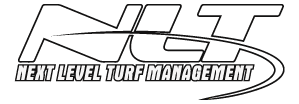
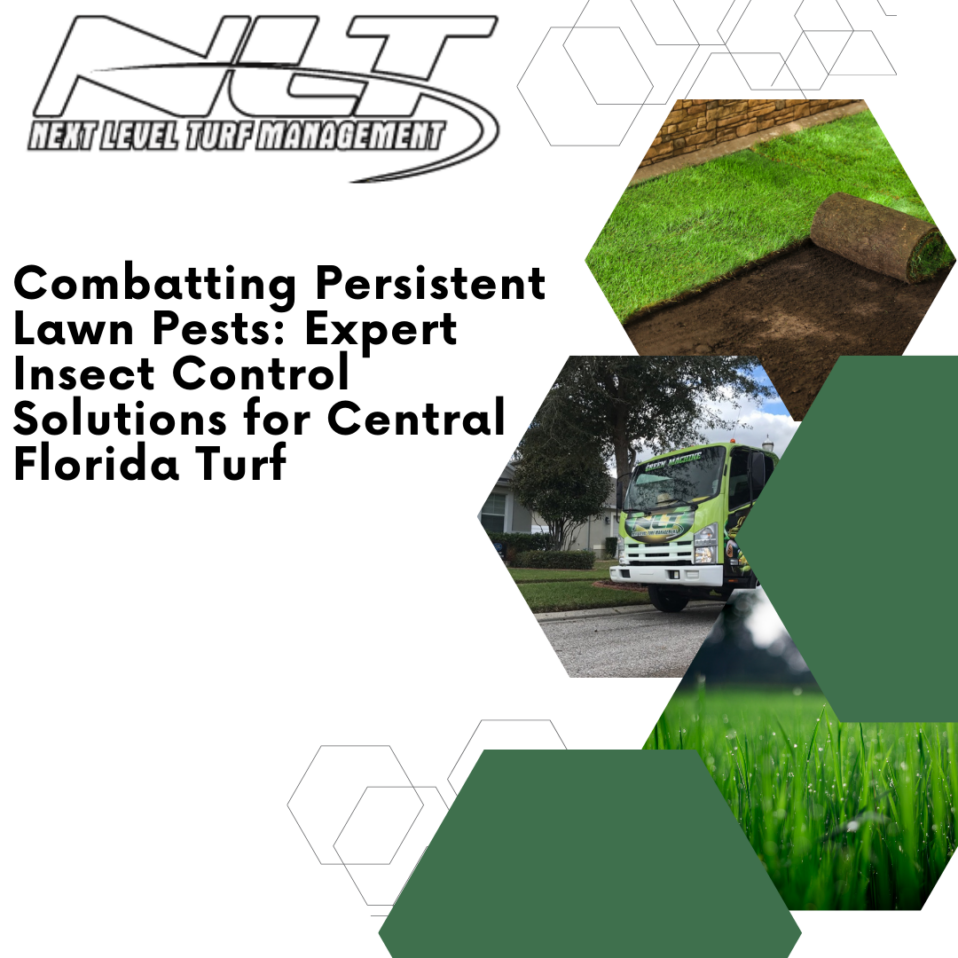
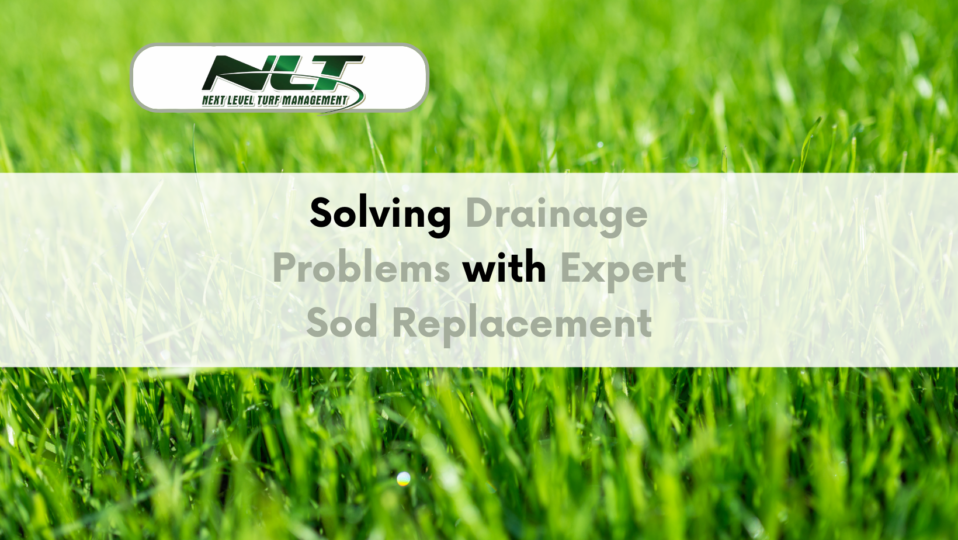
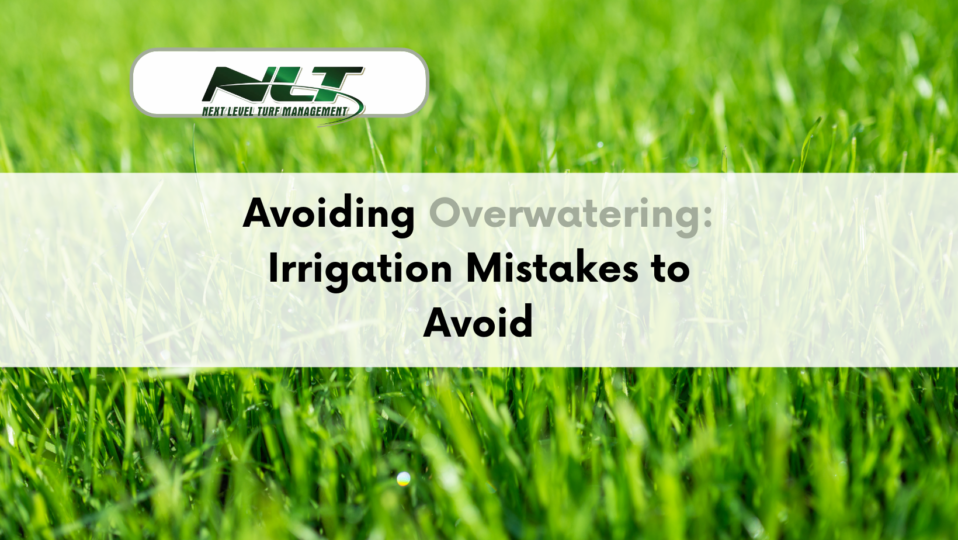
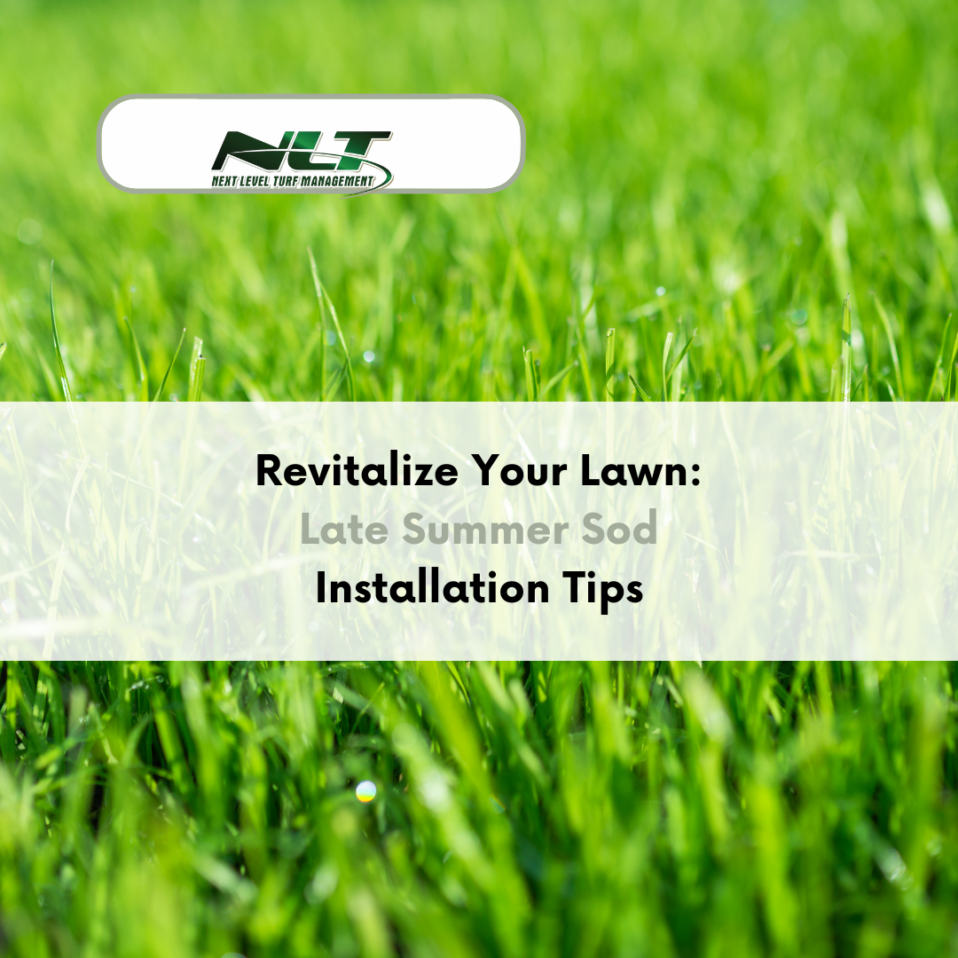


Post a comment